Popular ships
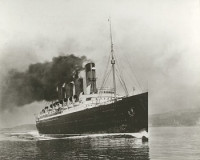
Mauretania, 1907
Build year: 1907341 Related objects

Cutty Sark, 1869, Ferreira, Maria do Amparo
Build year: 1869184 Related objects
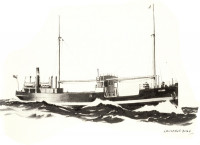
Fullagar, 1920
Build year: 1920140 Related objects
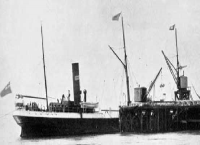
Bakuin, 1886
Build year: 1886259 Related objects
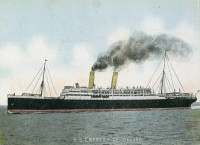
Empress of Ireland, 1906
Build year: 190612 Related objects

Dunedin, 1874
Build year: 187417 Related objects
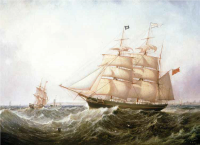
Lizzie Leslie, 1866, Familia, Julia de Amiel
Build year: 186611 Related objects
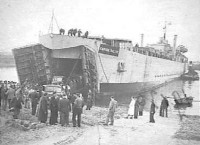
L.S.T. 3519, 1945
Build year: 194543 Related objects
About the ship plan and survey report collection
Our unique ship plan and survey reports hold a wealth of information concerning vessels classed by Lloyd's Register. Dating back to the 1830s, the collection offers an insight into the design, construction and servicing of ships throughout their career. From correspondence, to telegrams, and midship sections.
Please be aware there may be material within the Collection that contains imagery or information that some may find upsetting. The documents were produced within the context of the time and do not reflect the views or opinions of Lloyd's Register or the Lloyd's Register Foundation today.
The Centre's digitisation activities are ongoing and therefore some ships/documents from the collection may not yet be available.
You can browse by popular ship types below.
Popular ship types
-
Passenger Liner
Passenger Liner
View allCharacteristically large strong built vessels, often luxurious, these liners are designed to convey passengers, and sometimes cargoes across seas and oceans. These ships operate on a fixed ‘line’ of scheduled ports with provisions and stores for long voyages on the open ocean.
-
Cargo
Cargo
View allCargo ships, referred to sometimes as freighters, cargo vessels or merchant ships are vessels of all size, tonnage, rig and material that convey cargoes and goods between ports. These vessels can be engaged as cargo liners, with scheduled ports of call, or in the tramp trade, where they are engaged by charter.
-
Tanker
Tanker
View allVessels specifically designed or converted for the storage and transportation of liquids and gas, usually in bulk. Tankers vary in size and capacity, some engaged in regular coastal trade, and others for large scale ocean-going transit.
-
Ferry
Ferry
View allFerries are merchant vessels of varying size, tonnage, rig and capacity engaged in the conveyance of passengers and goods across bodies of water. These vessels typically offer a regular service and generally operate on short routes.
-
Refrigerated cargo
Refrigerated cargo
View allShips designed or altered to specifically convey perishable commodities like meat, fish, fruit or vegetables. Dating from the 1880s onwards these vessels, of differing size, tonnage, material and rig provide a temperature controlled environment in transit, and are typically, but not always, engaged in long haul ocean travel.
-
Coaster
Coaster
View allAll-purpose cargo carriers that operate along the coastline at ports of the same country or land mass. The size, tonnage, rig and cargo trade of the coasters differs from vessel to vessel, though they are largely shallow hulled for the purposes of manoeuvrability close to the shore.

